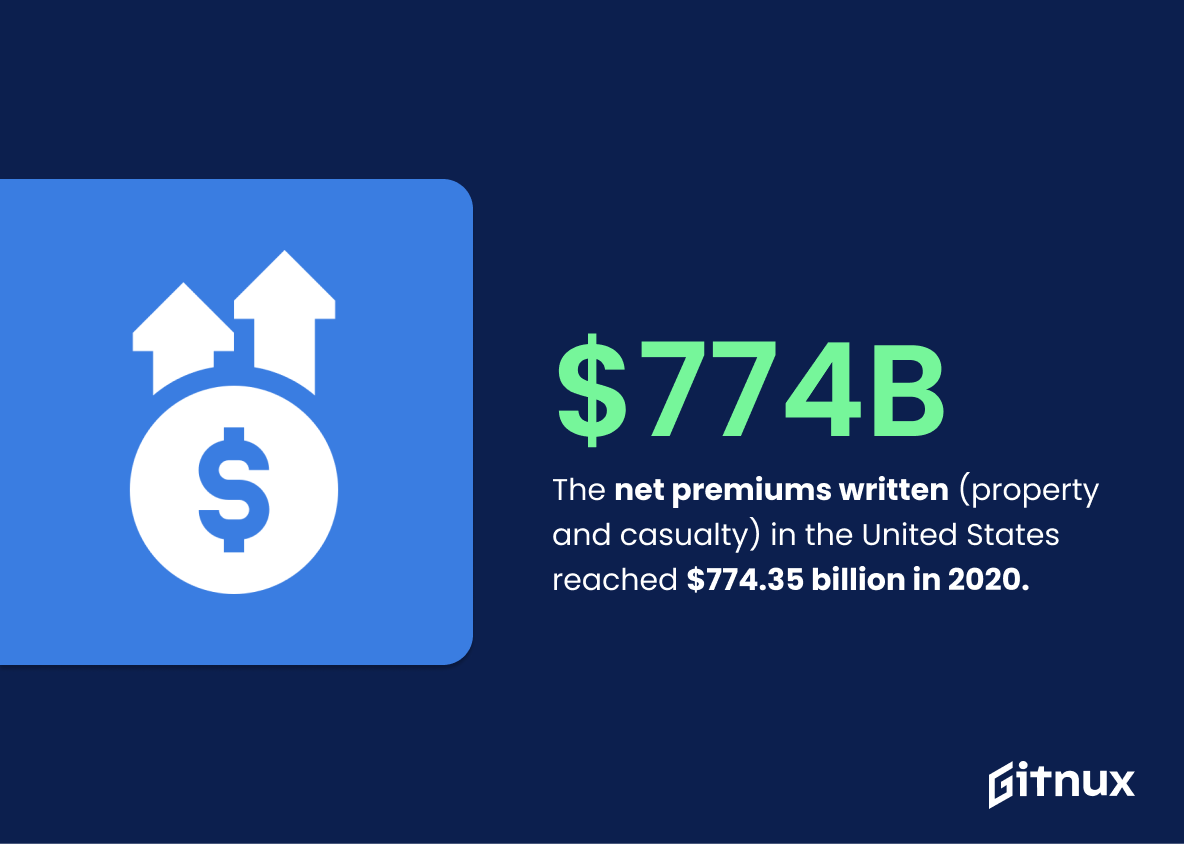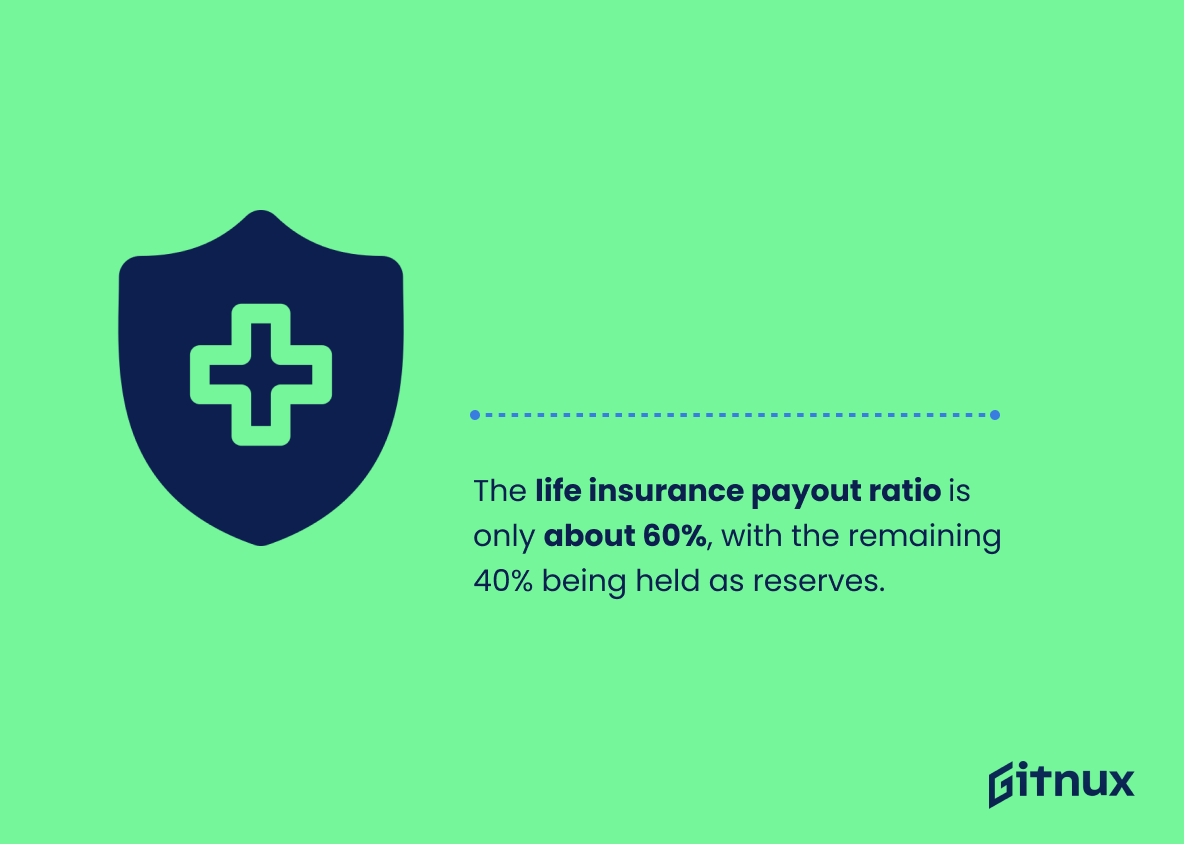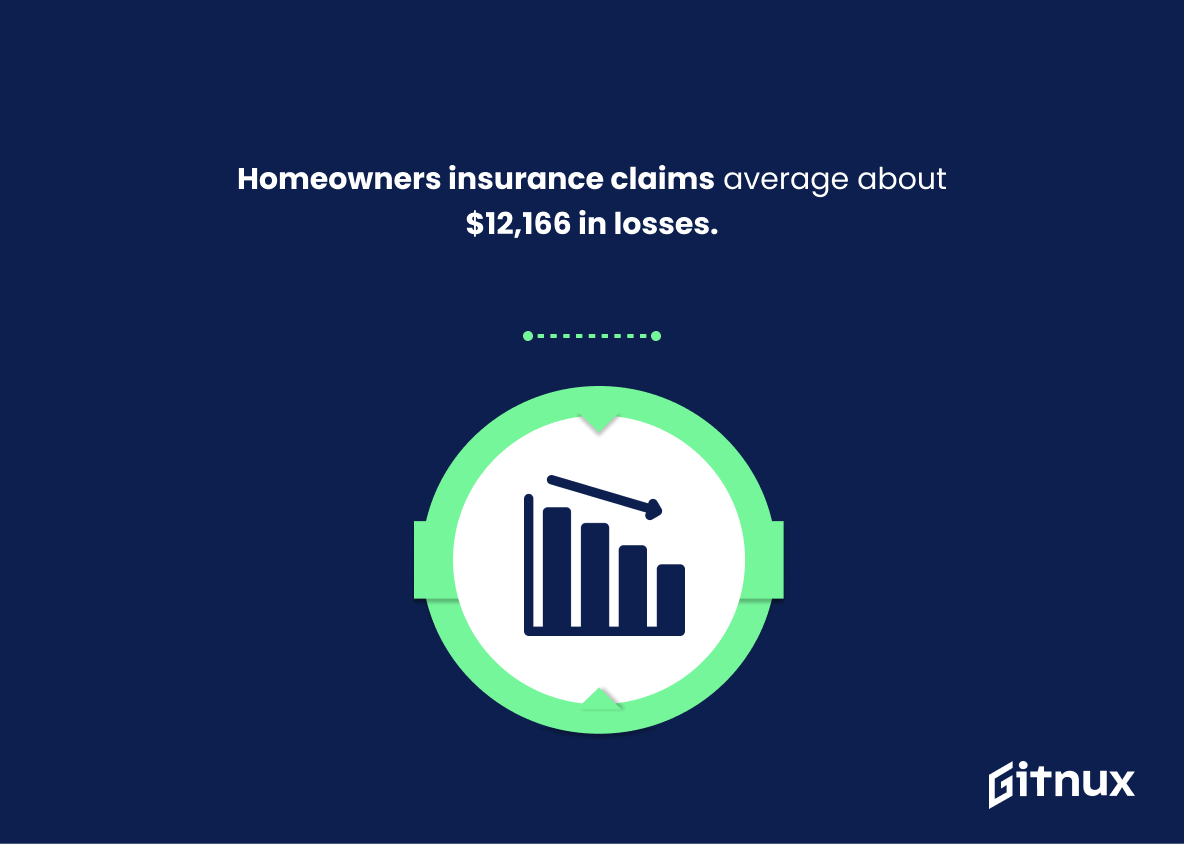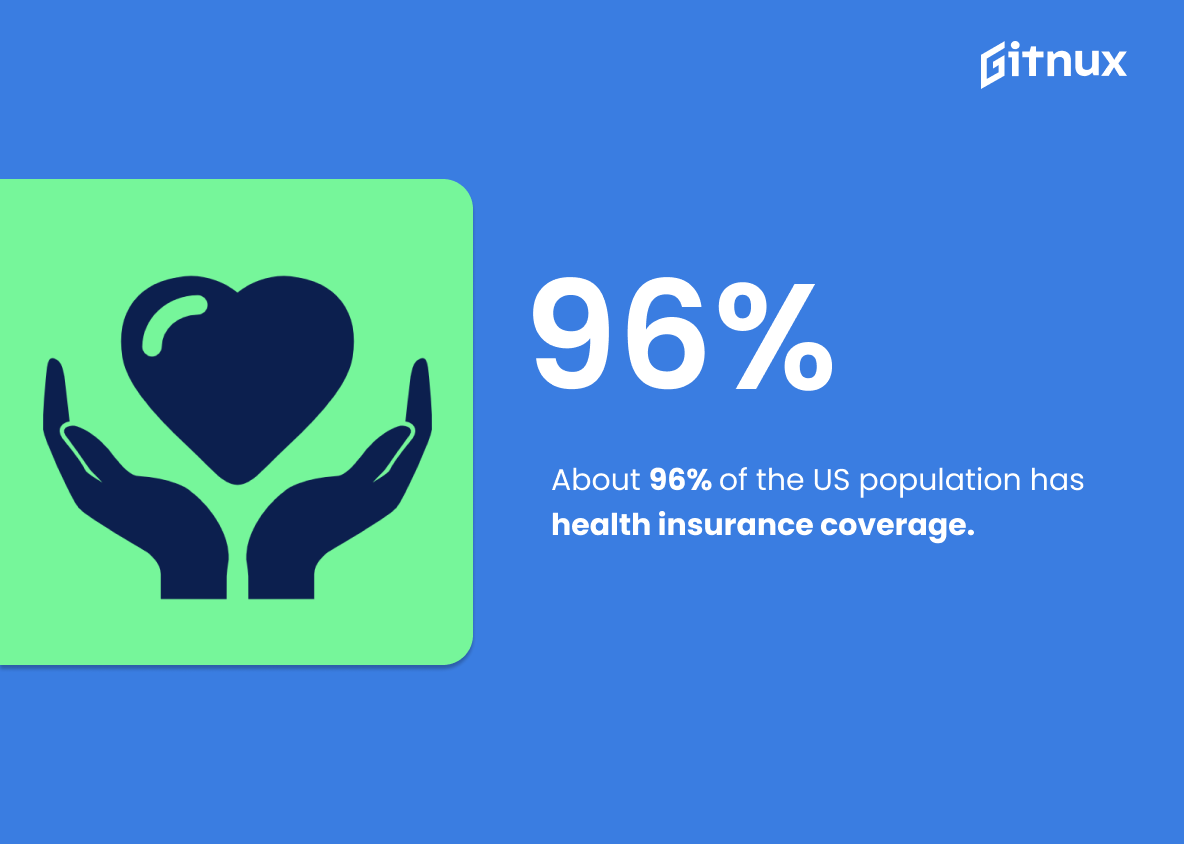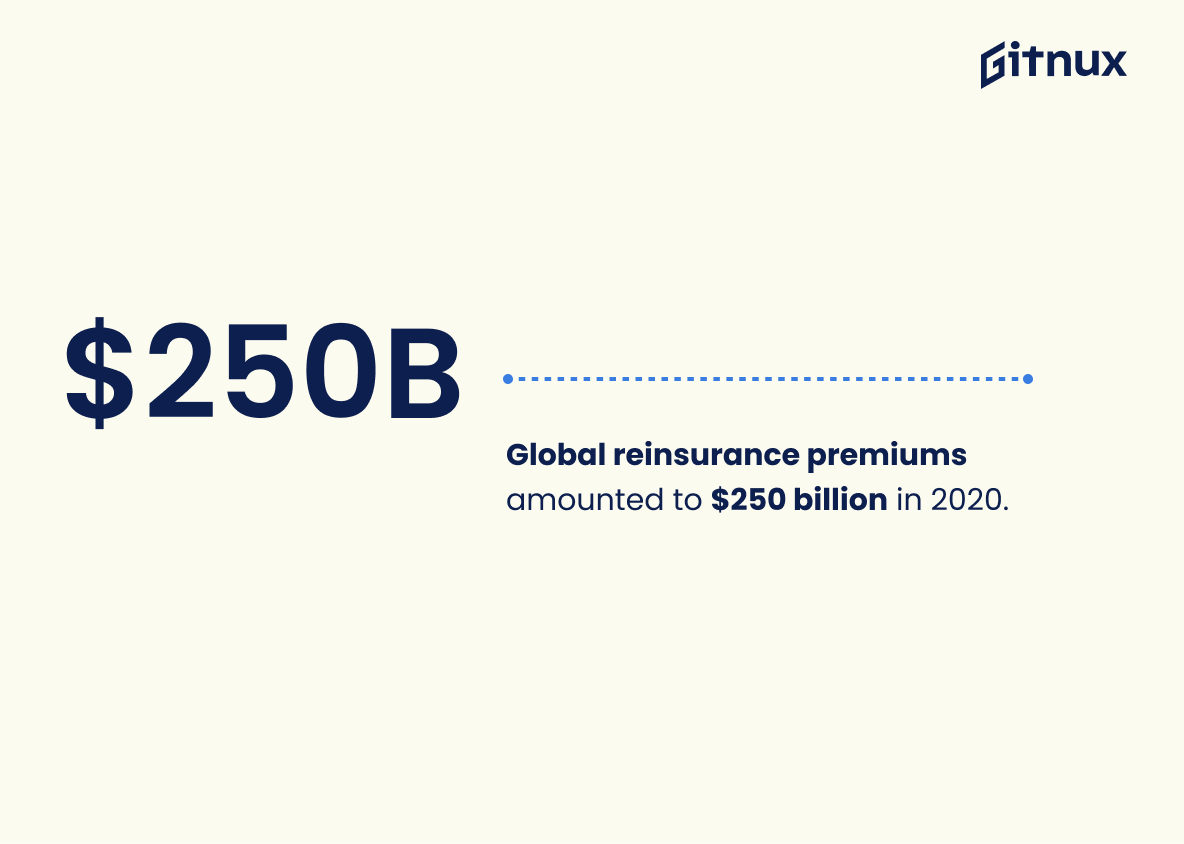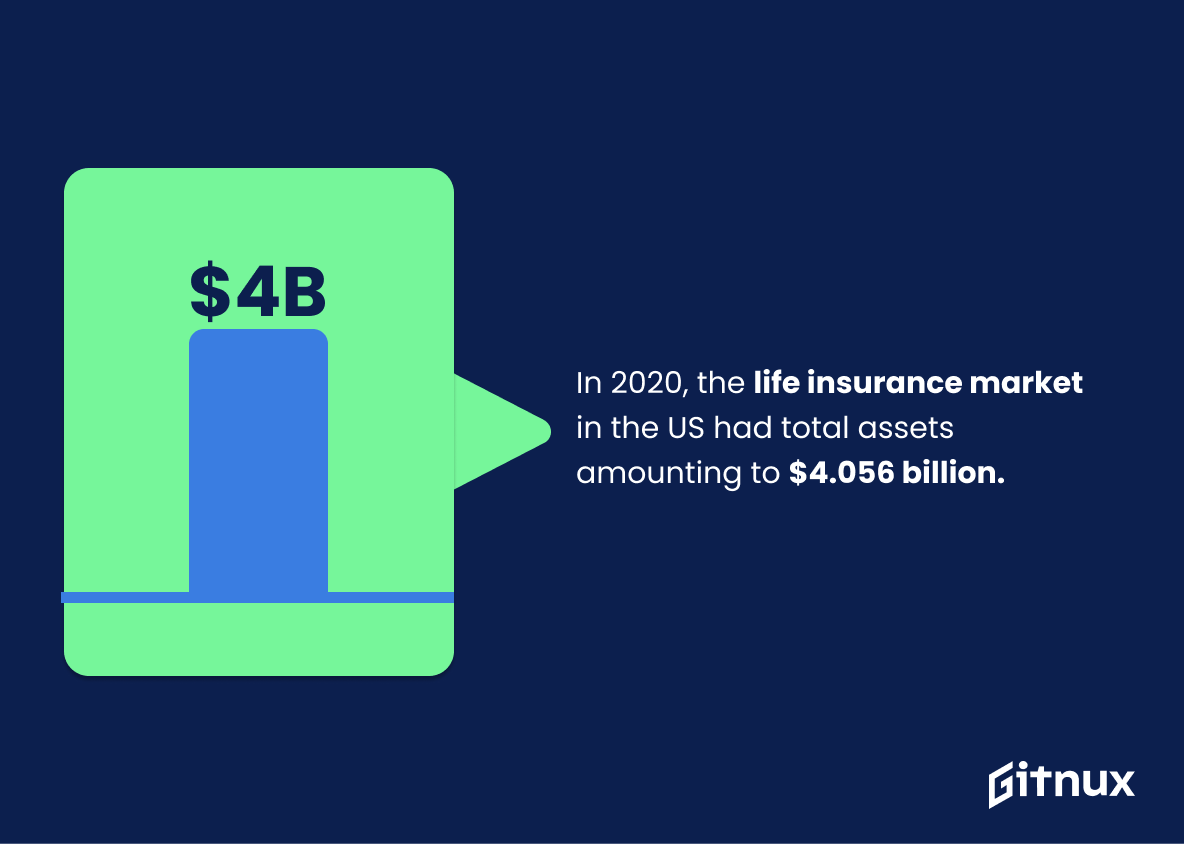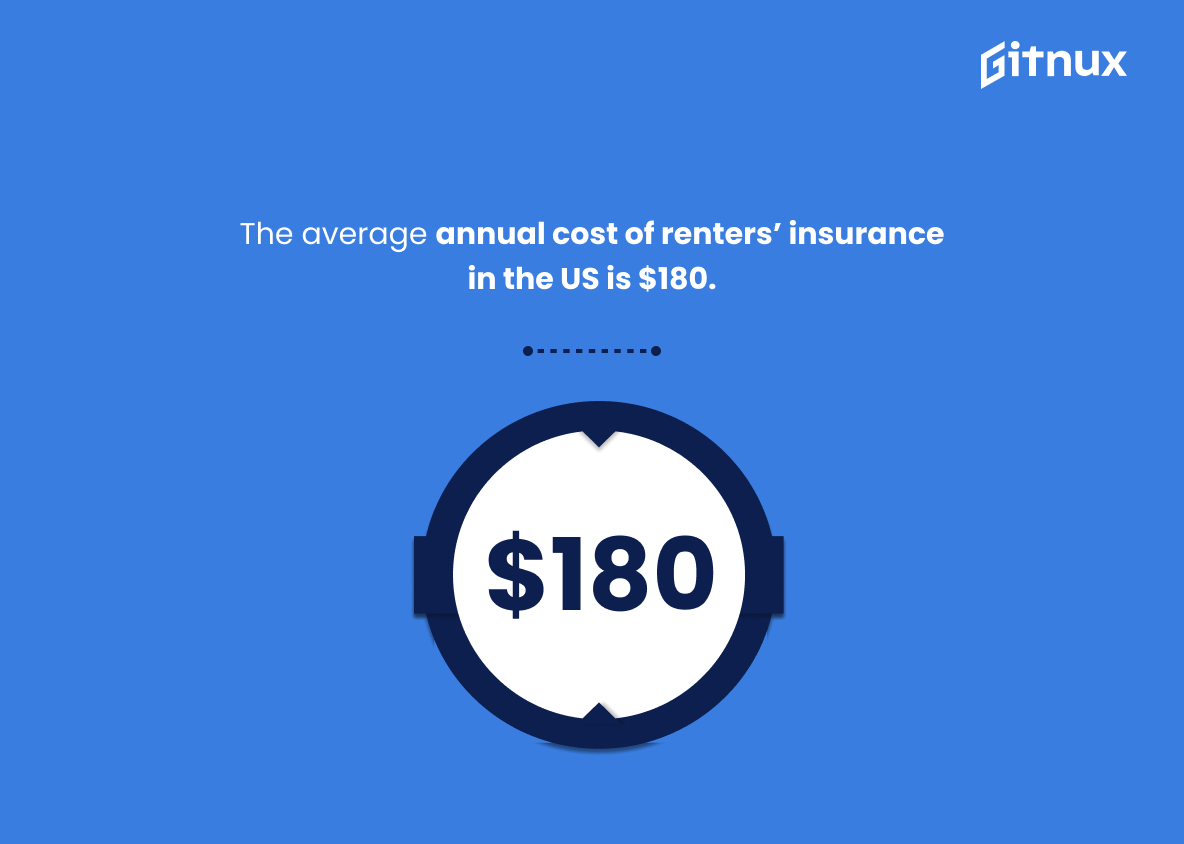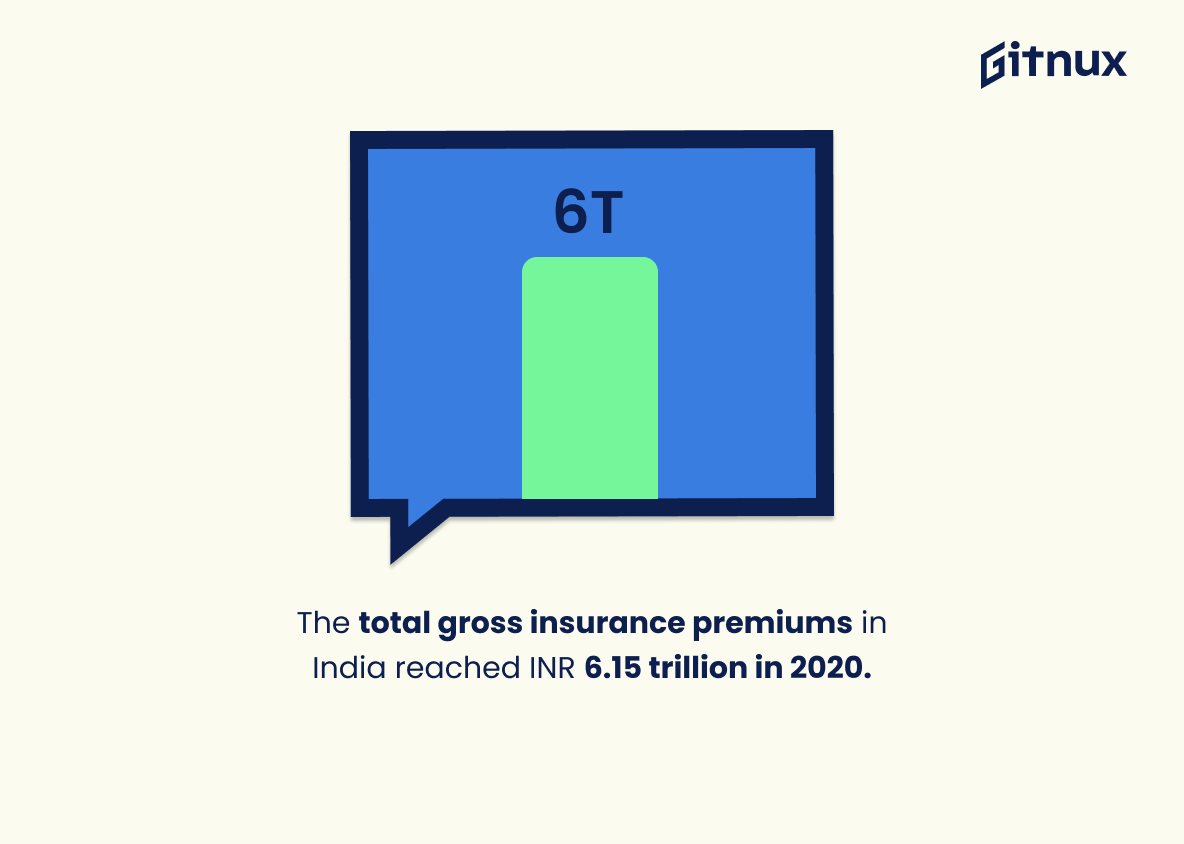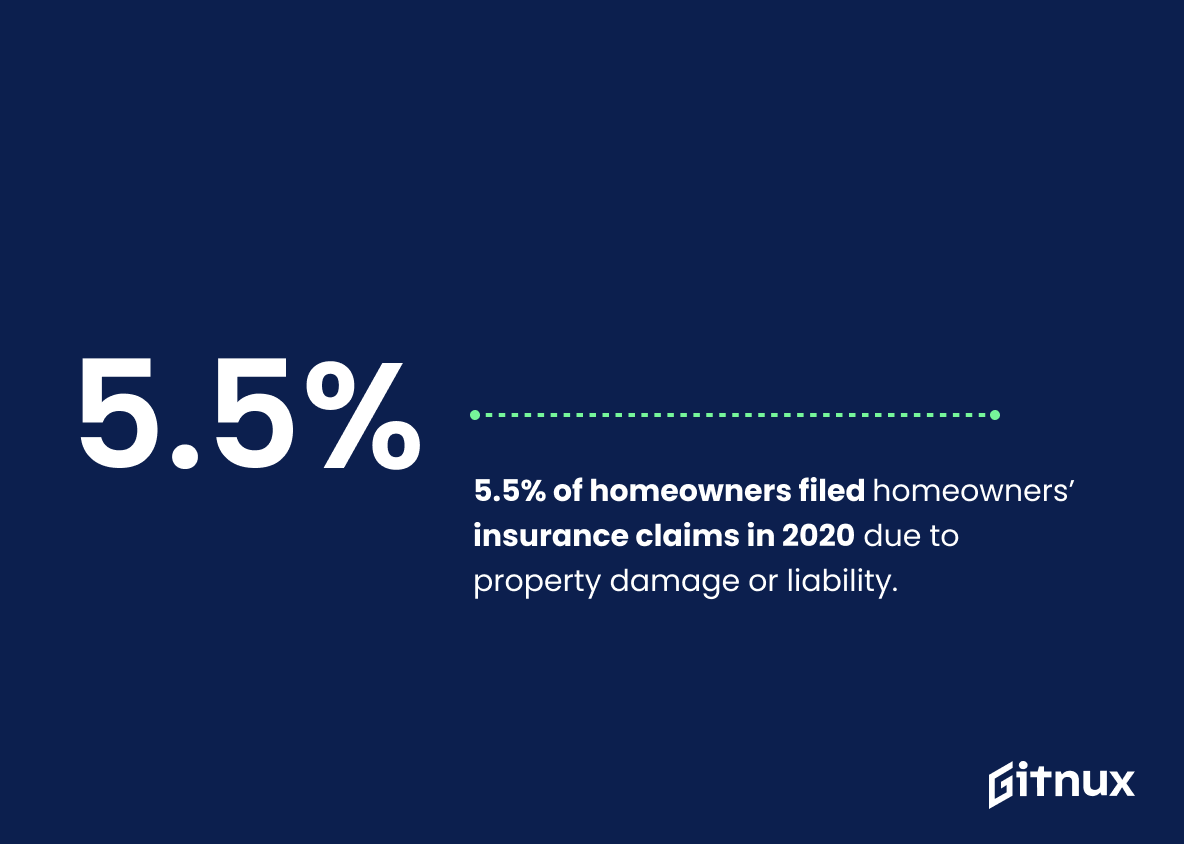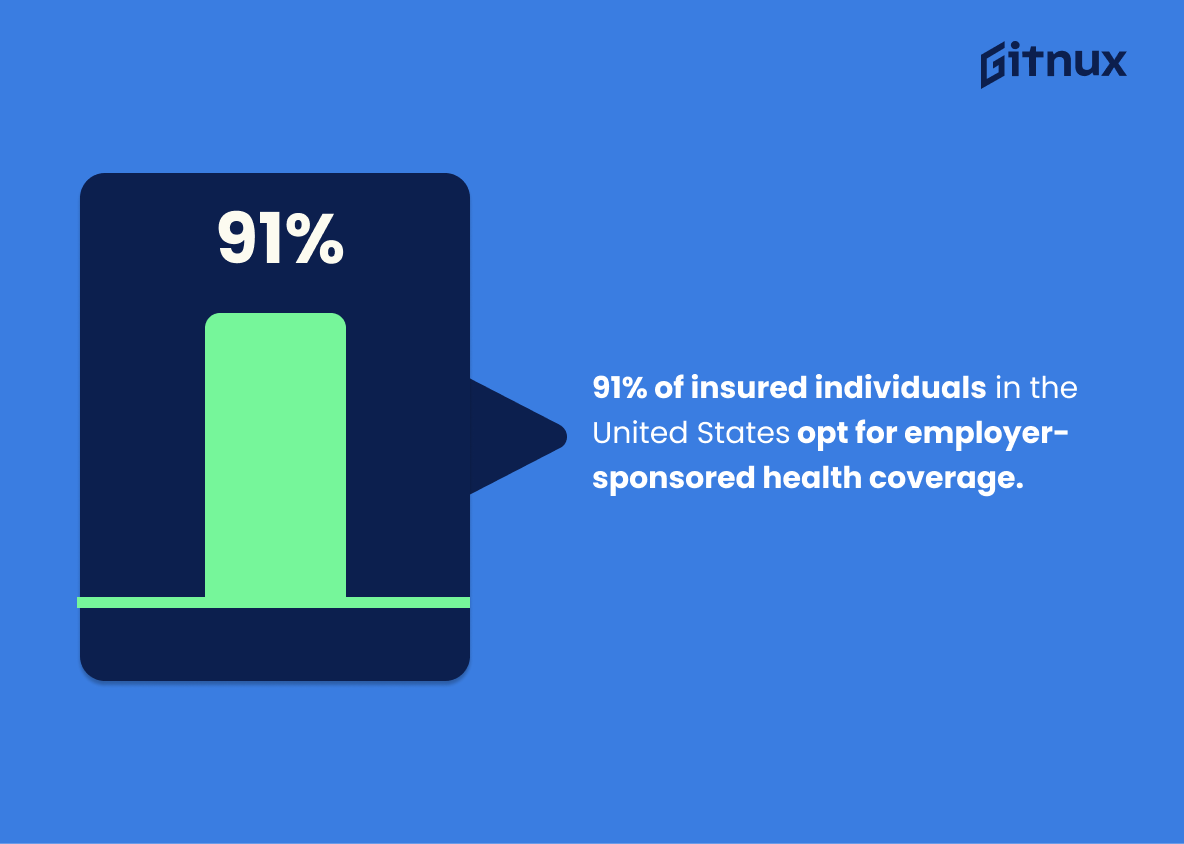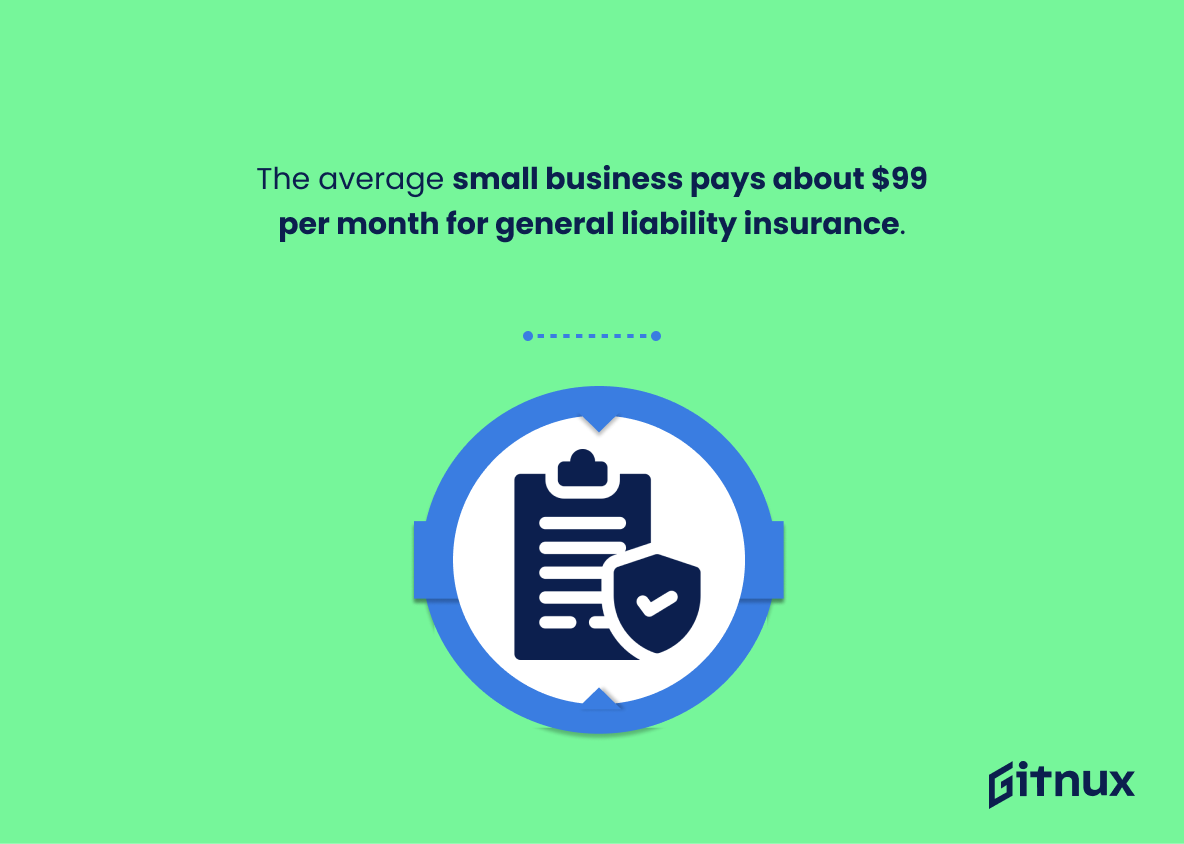Insurance is an important part of our lives, and understanding the statistics behind it can help us make informed decisions. In this blog post, we will explore 20 different insurance-related statistics from around the world. We’ll look at how many people are gathering quotes online for their insurance policies, what the global market size looks like now and in the future, how many companies there are in the US alone, as well as other interesting facts about life insurance payouts, car and homeowners’ premiums rates by gender or region respectively; health coverage trends; reinsurance premiums worldwide; liability claims filed annually; cyber security costs for small businesses; natural disaster economic impacts with related payouts made by insurers – all backed up with reliable sources. So let’s dive right into these fascinating figures.
Insurance Statistics Overview
The net premiums written (property and casualty) in the United States reached $774.35 billion in 2020.
This statistic is a testament to the immense size of the property and casualty insurance industry in the United States. It highlights the importance of insurance in the lives of Americans and the role it plays in protecting them from financial losses. It also serves as a reminder of the need for individuals and businesses to be adequately insured in order to protect their assets and livelihoods.
The largest insurance company by market capitalization in 2021 is Berkshire Hathaway.
This statistic is significant in the context of insurance statistics as it provides insight into the current state of the insurance industry. By knowing which company is the largest by market capitalization, readers can gain an understanding of the size and scope of the industry, as well as the relative strength of the leading players. Furthermore, it can provide a benchmark for comparison when evaluating the performance of other insurance companies.
The life insurance payout ratio is only about 60%, with the remaining 40% being held as reserves.
This statistic is a crucial indicator of the financial health of the life insurance industry. It reveals that only 60% of the premiums collected are being paid out in claims, with the remaining 40% being held in reserve. This means that the industry is able to maintain a healthy balance between paying out claims and keeping enough money in reserve to cover future claims. This is important for customers, as it ensures that their claims will be paid out in a timely manner.
Car insurance rates are 25% more expensive for men than women.
This statistic is a stark reminder of the gender inequality that exists in the insurance industry. It highlights the fact that men are paying more for car insurance than women, despite the fact that they may have the same driving record and other factors. This statistic is an important one to consider when discussing insurance statistics, as it demonstrates the need for more equitable policies in the industry.
Homeowners insurance claims average about $12,166 in losses.
This statistic is a stark reminder of the importance of having homeowners insurance. It highlights the potential financial losses that can occur without the protection of insurance, and serves as a warning to those who may be considering foregoing coverage.
About 96% of the US population has health insurance coverage.
This statistic is a powerful indicator of the success of the US healthcare system in providing coverage to its citizens. It demonstrates that the majority of Americans have access to the healthcare they need, and that the system is working to ensure that everyone is taken care of. This statistic is an important part of any discussion about insurance statistics, as it provides a clear picture of the current state of healthcare in the US.
Approximately 15 million lawsuits are filed annually in the United States, driving the need for liability insurance.
This statistic is a stark reminder of the importance of liability insurance. With such a high number of lawsuits being filed each year, it is essential for individuals and businesses to have the protection that liability insurance provides. Without it, they could be left vulnerable to the financial and legal repercussions of a lawsuit.
Global reinsurance premiums amounted to $250 billion in 2020.
This statistic is a testament to the immense size of the global reinsurance industry. It highlights the importance of reinsurance in the insurance sector, and how it plays a vital role in providing financial protection to insurers and policyholders. It also serves as a reminder of the immense financial resources that are available to the industry, and how it can be used to help protect people and businesses from the financial losses caused by natural disasters and other catastrophic events.
In 2020, the life insurance market in the US had total assets amounting to $4.056 billion.
This statistic is a testament to the sheer size and scope of the life insurance market in the US. It highlights the importance of life insurance in the US economy and the trust that consumers have in the industry. It also serves as a reminder of the need for individuals to protect themselves and their families with life insurance policies.
The average annual cost of renters’ insurance in the US is $180.
This statistic is a valuable insight into the cost of renters’ insurance in the US, providing readers with a benchmark to compare against when considering their own insurance needs. It is an important piece of information for anyone looking to make an informed decision about their insurance coverage.
The cyber insurance market in the United States is expected to reach $21 billion by 2025.
This statistic is a testament to the growing importance of cyber insurance in the United States. As technology continues to evolve and become more integrated into our lives, the need for cyber insurance is becoming increasingly apparent. By 2025, the cyber insurance market in the United States is projected to reach $21 billion, indicating that more and more people are recognizing the need for this type of coverage. This statistic is a reminder of the importance of staying up-to-date on the latest insurance trends and understanding the value of cyber insurance.
The total gross insurance premiums in India reached INR 6.15 trillion in 2020.
This statistic is a testament to the immense growth of the insurance industry in India. It shows that the industry has seen a significant increase in the amount of premiums collected in 2020, indicating that more people are turning to insurance to protect themselves and their families. This is an important indicator of the health of the insurance sector in India and provides valuable insight into the industry’s future prospects.
Around 5.5% of homeowners filed homeowners’ insurance claims in 2020 due to property damage or liability.
This statistic is a telling indication of the importance of homeowners’ insurance in 2020. It demonstrates that even in a year of unprecedented challenges, homeowners were still able to rely on their insurance policies to protect them from property damage and liability. This statistic is a reminder that insurance is an essential part of protecting one’s home and family.
91% of insured individuals in the United States opt for employer-sponsored health coverage.
This statistic is a powerful indicator of the importance of employer-sponsored health coverage in the United States. It demonstrates that the vast majority of insured individuals rely on their employers to provide them with the health coverage they need. This statistic is especially relevant in a blog post about insurance statistics, as it provides insight into the current state of health insurance in the US.
The average small business pays about $99 per month for general liability insurance.
This statistic is a valuable insight into the cost of general liability insurance for small businesses. It provides a useful benchmark for business owners to compare their own insurance costs against, and can help them make informed decisions about their insurance needs. Additionally, it can help inform readers of the blog post about the average cost of general liability insurance for small businesses, and the potential savings that can be made by shopping around for the best deal.
The total economic impact from natural disasters globally in 2020 was $210 billion, triggering insurance payouts of around $82 billion.
This statistic serves as a stark reminder of the immense financial burden that natural disasters can place on individuals, businesses, and governments alike. It highlights the importance of insurance in providing a financial safety net in the face of such disasters, with insurance payouts helping to mitigate the economic impact of these events. As such, this statistic is a key piece of evidence in any discussion of the importance of insurance in protecting against the financial losses associated with natural disasters.
Over 22 million people purchased travel insurance in 2019.
This statistic is a testament to the importance of travel insurance in today’s world. It shows that a large number of people recognize the value of having insurance coverage while travelling, and are willing to invest in it. This statistic is a powerful reminder of the importance of being prepared for the unexpected when travelling, and serves as a reminder to readers of the blog post about insurance statistics to consider investing in travel insurance.
Conclusion
The insurance industry is a complex and ever-evolving sector that affects individuals, businesses, and governments around the world. The statistics presented in this blog post demonstrate the size of the global insurance market as well as its growth potential over time. They also provide insight into how customers are engaging with insurers online, what types of policies they are purchasing, and which companies dominate the market. Additionally, these figures highlight some key trends such as gender disparities in car insurance rates or increasing demand for cyber coverage due to rising numbers of data breaches. Finally, it’s clear from these stats that natural disasters have had an immense economic impact on both insureds and insurers alike in recent years—underscoring why having adequate protection against unexpected losses is so important today.
References
0. – https://www.insurance.com
1. – https://www.insurancejournal.com
2. – https://www.census.gov
3. – https://www.squaremouth.com
4. – https://www.bankrate.com
5. – https://www.iii.org
6. – https://www.statista.com
7. – https://www.valuepenguin.com
8. – https://www.insure.com
9. – https://www.researchandmarkets.com
10. – https://www.insureon.com
11. – https://www.relbanks.com
12. – https://www.shrm.org
13. – https://www.munichre.com
